
© Bill Cooper. (Click image for larger version)
Birmingham Royal Ballet
Aladdin
Birmingham, Hippodrome
16 February 2013
www.brb.org.uk
BRB Aladdin page
BRB Aladdin touring
Wikipedia on Aladdin
Freshly premiered at Birmingham last month and now touring, if any work shows the way new story ballets increasingly arrive on stage it’s David Bintley’s Aladdin. It has an original score by Carl Davis that has it roots 11 years ago in a Scottish Ballet version of Aladdin and which has subsequently been buffed-up for BRB. But not so simple – it was actually buffed-up for the National Ballet of Japan which premiered Bintley’s new work in 2008. But that’s strange because the BRB Aladdin is billed as a co-production with Houston Ballet. Well that comes from the fact that the Japanese sets are said not to fit UK (and presumably North American) stages and needed to be recreated. And Sue Blane has reworked some of the costume designs as well.
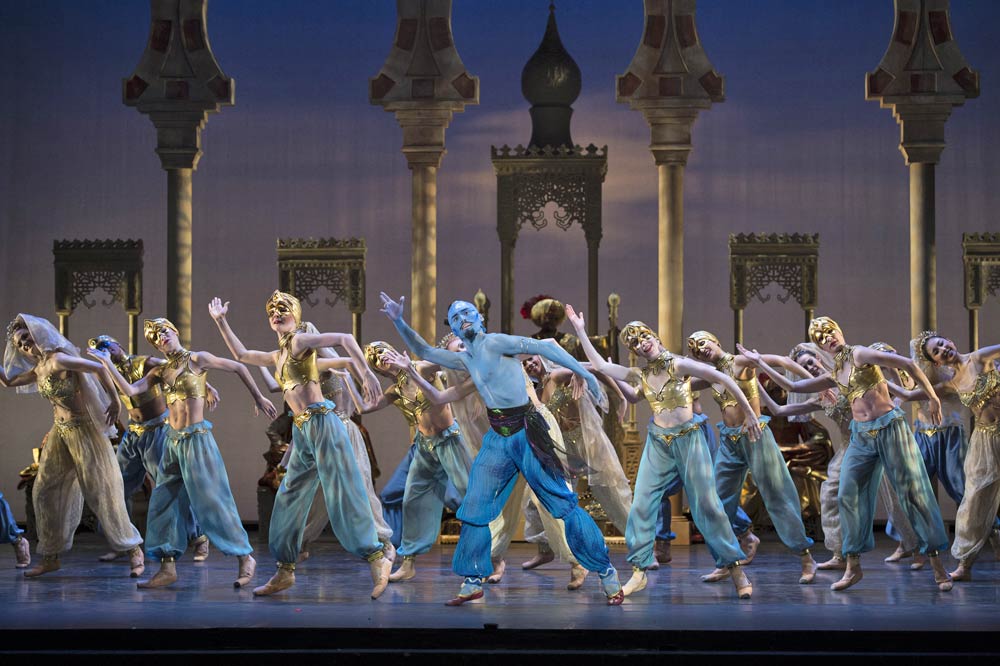
© Bill Cooper. (Click image for larger version)
Does any of this matter? Well it does show that the cost of new full-evening narrative work is getting to a point where companies are being forced to collaborate and reuse and ultimately one suspects that diversity and risk taking will probably suffer. You also can’t help but think that in this case if managements had stood back and got their ducks in a row then a whole bunch of costs might have been saved by all parties sharing sets and costumes. It will be interesting to see what happens with Bintley’s new Prince of the Pagodas, again created in Tokyo, premiered 16 months ago and due to enter the Birmingham repertoire next year. And one also wonders if a new full-evening work might well end up in BRB courtesy of Stanton Welch, the choreographing director of Houston, who well might not wish to see the creative traffic all one way. What tangled webs we increasingly weave in trying to go for the spectacular narrative end of putting on a show.
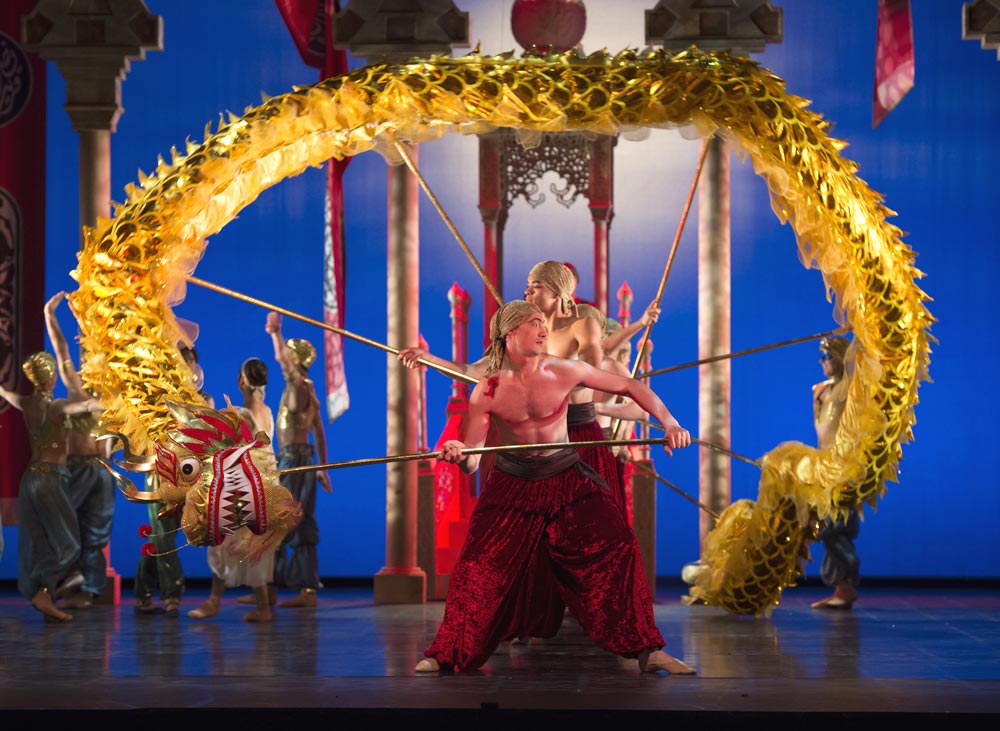
© Bill Cooper. (Click image for larger version)
There are some excellent programme notes by Susan Turner that detail the background to putting Aladdin on in the UK and also say that the choreography has not been particularly reworked for the BRB dancers – it’s said to be faithful to what went on in Tokyo and made for dancers not big on communicating drama. It’s unstated and although the Tokyo company is not well known elsewhere, if we know anything of Japanese dancers generally it’s how meticulous they are technically. All up the ballet does not fit like the custom glove that BRB audiences are mostly used to seeing in narrative work. And you do see the impact of this on stage and it’s another consequence of sharing costs and work. Although you can view it negatively, you can also see another spin that it’s no bad thing perhaps to dunk the dancers in something more steps-driven in the telling.
So at last… is Aladdin any good? And the answer is… it’s fine enough! I think it will sell well on the name, will please family audiences, and hence gives BRB options, particularly at Christmas. It’s perhaps too early to say but I don’t think it will be mentioned in the first breath as one of Bintley’s finest, and it doesn’t move ballet forward a lot – but, as Bintley says, “The result is a ballet that does what it says on the tin. It tells the story…”

© Bill Cooper. (Click image for larger version)
If I had been asked to judge Aladdin at the end of the first act (at over 50 minutes by far the longest) I think I might have stretched for the c word – c for clunker. Overly harsh perhaps, but the score seemed rather generic and, worse, the story-telling and setting-up of characters seems to take a long time with little dancing until near the end in ‘The cave of riches’. Here you get a full-on cascade of divertissements for all levels of the company and given the titles of precious gems, stones and metals. I saw the first matinee and it has to be said the choreography demanded a lot of classical steps some of the dancers couldn’t seem to fully deliver with conviction. One suspects that in Tokyo this really sparkled. However UK glory was partly redeemed with a grand pas de deux by Ambra Vallo and Tyrone Singleton delivered with full and proper lucidity and confidence. If anything needs breathing on and tuning it’s the first act. And hopefully it will sharpen in the touring, too.

© Bill Cooper. (Click image for larger version)
Acts 2 and 3 are stronger with more clear story telling, big numbers for the lovers and a general airiness and confidence. The leads of Joseph Caley and Elisha Willis are believable and fine casting – he does look like a cheeky young pup and she a thoughtful, fine-boned princess capable of following her heart rather than convention. They meld well together. The entrances of the Genie (referred to in the programme as ‘The Djinn of the Lamp’ for some doubtlessly correct but audience-hostile reason) are well done as is the flying carpet sequence and the Chinese Dragon Dance. There is much good-natured humour (Bintley and the company in their element) and you do start to root for Aladdin – who doesn’t want a poor boy to make good and win the heart of a princess? And there is a peach of a role for Marion Tait who, as Aladdin’s Mother, is to the forefront of the plot and proceeds to dominate the stage in her own glorious way. Perhaps not part of her life-plan to do a ‘Widow Twankey’ but I’m so glad she took it on.

© Bill Cooper. (Click image for larger version)
All up, I came out entertained and it’s a piece that will endure. And if all the company can conqueror Act 1 there will be smiling families all the way, I think – smiling at the drama and the movement.









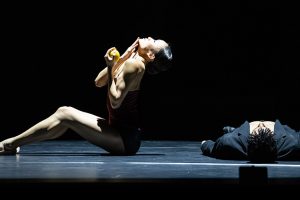
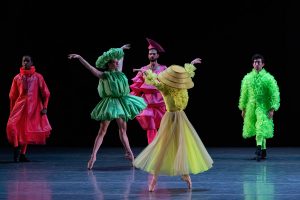

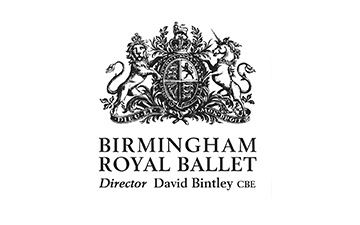
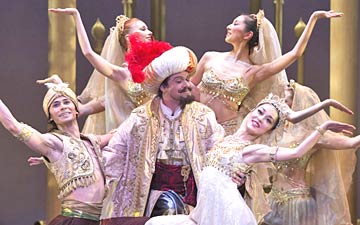

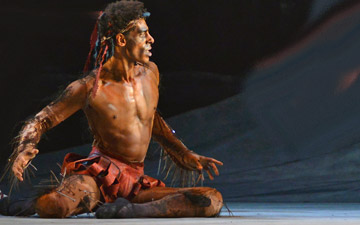

We saw Aladdin at Plymouth yesterday evening (9th March 13) and were enthralled throughout the whole performance. Superb costumes and sets
fantastic dancing and choreography and amazing special effects, especially the magic carpet ride. It was so fresh and full of imaginative ideas and Carl Davis’ score which was perfect for the story just went to make it an unforgettable experience.
Congratulations BRB – it was a masterpeice.